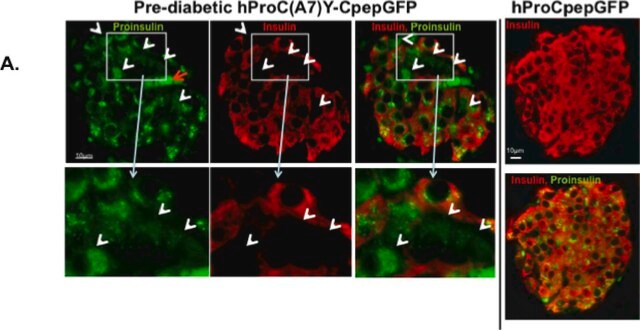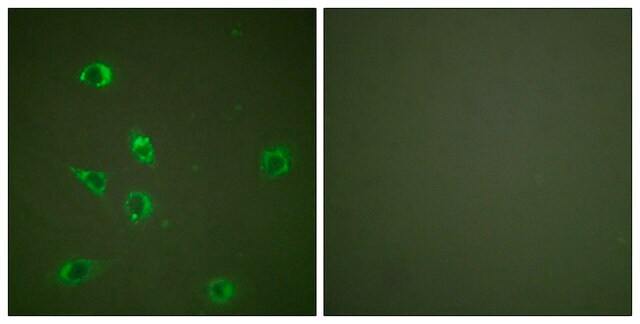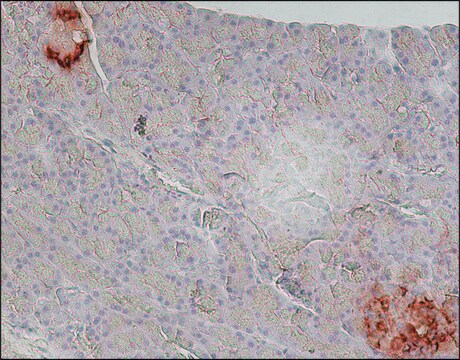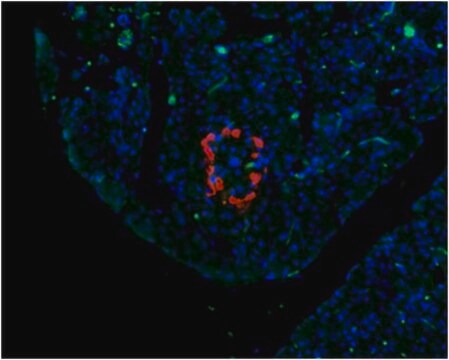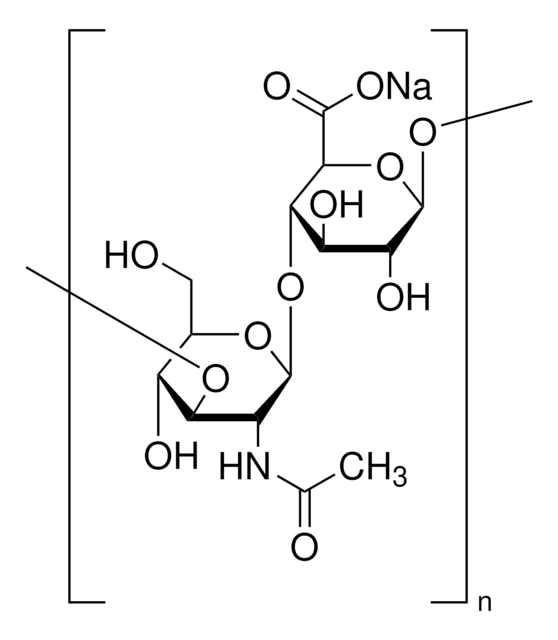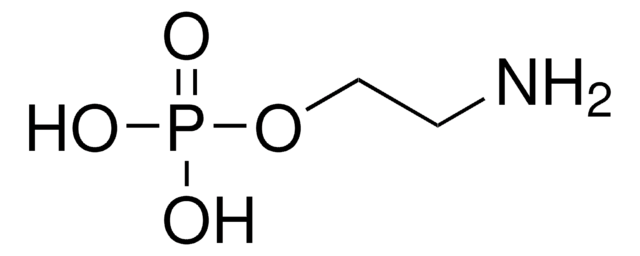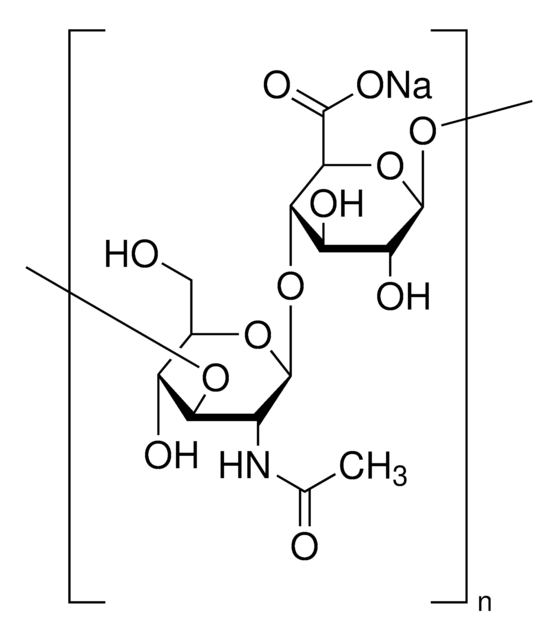G2654
Monoclonal Anti-Glucagon antibody produced in mouse
clone K79bB10, ascites fluid
Sinônimo(s):
Glucagon Antibody, Glucagon Antibody - Monoclonal Anti-Glucagon antibody produced in mouse
About This Item
Produtos recomendados
fonte biológica
mouse
Nível de qualidade
conjugado
unconjugated
forma do anticorpo
ascites fluid
tipo de produto de anticorpo
primary antibodies
clone
K79bB10, monoclonal
contém
15 mM sodium azide
reatividade de espécies
feline, canine, mouse, guinea pig, rat, rabbit, human, pig
técnica(s)
dot blot: suitable
immunohistochemistry (formalin-fixed, paraffin-embedded sections): 1:2,000 using human or animal pancreas
radioimmunoassay: suitable
Isotipo
IgG1
nº de adesão UniProt
Condições de expedição
dry ice
temperatura de armazenamento
−20°C
modificação pós-traducional do alvo
unmodified
Informações sobre genes
human ... GCG(2641)
mouse ... Gcg(14526)
rat ... Gcg(24952)
Descrição geral
Especificidade
Monoclonal anti-Glucagon antibody can be used as an analytical tool for quantification of the hormone. It can also be used for immunocytochemical staining of formalin fixed and Bouin-fixed, paraffin-embedded pancreatic tissue sections. Mouse anti-Glucagon antibody reacts specifically with pancreatic glucagon. The product has also shown cross reactivity with glucagon-containing cells in fixed sections of pancreas from dog, mouse, rat, rabbit, porcine, guinea pig, cat and human and weak cross reactivity for gut glucagon (enteroglucagon).
Imunogênio
Aplicação
- for the immunostaining of pancreatic tissue
- in flow cytometry and immunofluorescence imaging of pancreas cells
- for immunohistochemistry and morphology of pancreas
Ações bioquímicas/fisiológicas
Glucagon-specific antibodies would prove useful as an a cell and tumor markers applying immunohistochemical techniques, and as an analytical tool in quantification of the hormone.
Exoneração de responsabilidade
Não está encontrando o produto certo?
Experimente o nosso Ferramenta de seleção de produtos.
Código de classe de armazenamento
12 - Non Combustible Liquids
Classe de risco de água (WGK)
nwg
Ponto de fulgor (°F)
Not applicable
Ponto de fulgor (°C)
Not applicable
Certificados de análise (COA)
Busque Certificados de análise (COA) digitando o Número do Lote do produto. Os números de lote e remessa podem ser encontrados no rótulo de um produto após a palavra “Lot” ou “Batch”.
Já possui este produto?
Encontre a documentação dos produtos que você adquiriu recentemente na biblioteca de documentos.
Os clientes também visualizaram
Nossa equipe de cientistas tem experiência em todas as áreas de pesquisa, incluindo Life Sciences, ciência de materiais, síntese química, cromatografia, química analítica e muitas outras.
Entre em contato com a assistência técnica